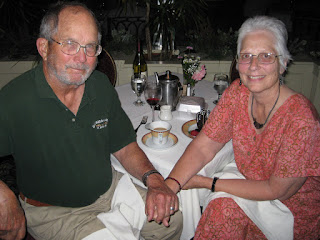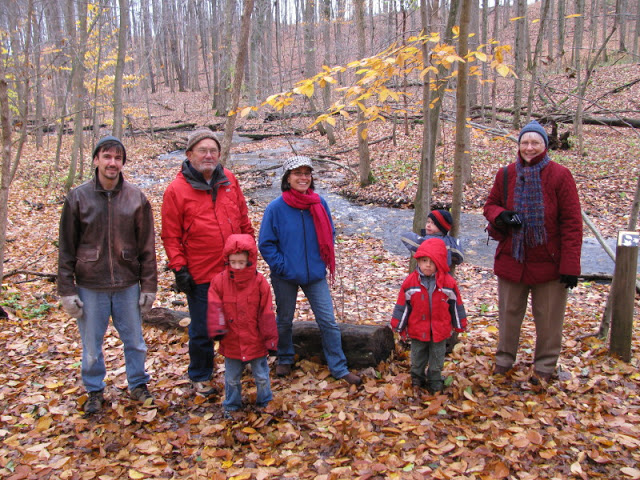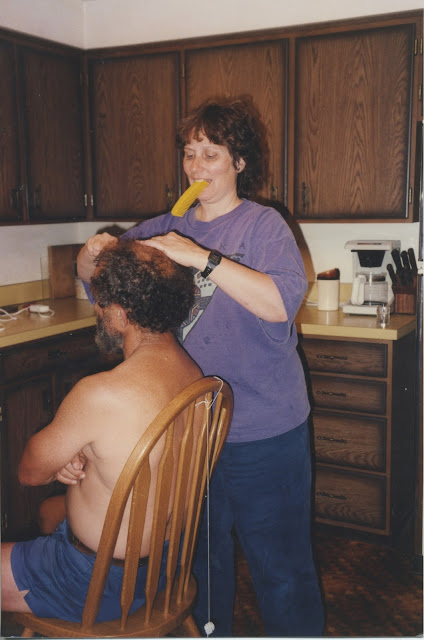Somewhere in Northern Wales
In geology
and, I suspect, most sciences there exists something often referred to as “gray
literature”. This consists of scientific
papers that have not undergone proper peer review before publication. Often these papers are published in journals
nobody has ever heard of, or even journals known to value cash over truth. Some “gray” papers contain valuable
information and/or innovative insights – but most don’t. Bottom line:
Don’t rely on the gray stuff if you’re fighting for tenure.
Well, Google
Alerts has just led me to a bit of gray stuff in the cancer field. An article printed in “FoodConsumer” (not
exactly a well-regarded source for medical research) seems to be telling us
that a protein called GcMaf, if used as an immunotherapy agent may be a “universal cancer cure”. I don’t
know what the Gc part indicates, but Maf stands for ‘Macrophage activating
factor”. As you certainly know, a macrophage
is a part of the natural immune system.
They are big, ugly white blood cells that engulf bacteria, etc., and eat
them for lunch. Some people at the “Socrates
Institute for Therapeutic Immunology” have been experimenting with this GcMaf
stuff and claim to have cured small groups of metastatic prostate and breast
cancers, with no failures and no side effects.
There is speculation that GcMaf may also be effective against other
cancers, as well as autism and viral infections.
Well, I
looked into it. There really is a Socrates
institute; it consists of five guys in Philadelphia. They have published at least one paper in a
reputable journal (Translational Oncology), but withdrew another under peculiar
circumstances. You can obtain GcMaf from
a number of sources, and treat yourself at home. The
FDA wants nothing do with it, of course.
One “source”, aptly named Health Nut News, implies that several “Holistic
Doctors” pushing this universal cure have turned up dead, under suspicious circumstances. And so on, and on.
Folks: You are too smart to fall for this
claptrap. GcMaf may have potential, but
that has yet to be demonstrated. At the
moment the only thing it is likely to cure is the relative poverty of a few
snake-oil salesmen.
Yes, we do
need the FDA, much as I like to vilify it.






























